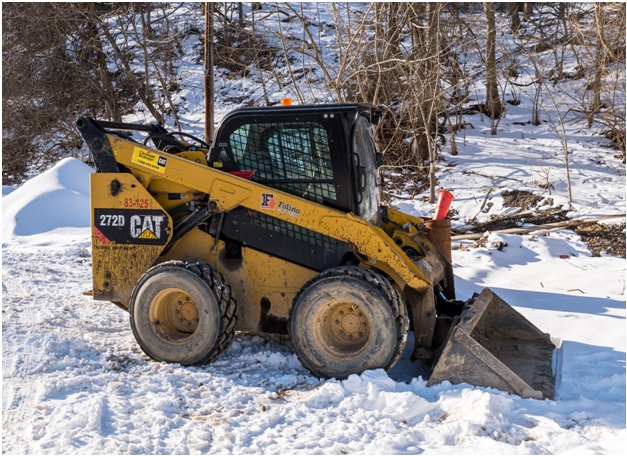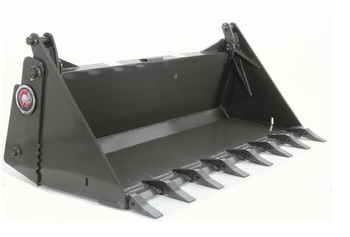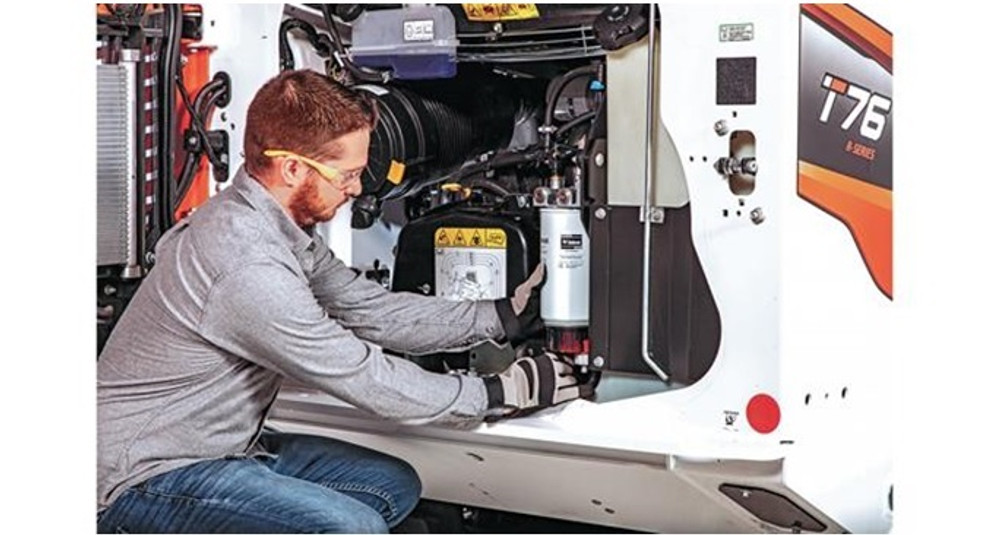Skid Steer & Tractor Maintenance Tips
Posted by Lee Padgett on 30th Aug 2022
Hardworking, reliable, and compatible with a wide range of useful agricultural attachments, skid steers and tractors can almost feel like the heart that keeps a farm or job site running.
Armed with the right attachments and a little bit of experience and ingenuity, you can excavate, compact, grade, level, aerate, drill and dig, plant and transplant, load, lift and transport materials, clear land, and so much more.
But, with that said, one of the keys to responsible skid steer and tractor ownership is proper maintenance.
Just as with any piece of equipment, routine maintenance can help keep your equipment working harder for longer.
Here are some brand-agnostic tips for preventive maintenance for both skid steers and tractors.
Daily Skid Steer & Tractor Maintenance Items (or Before Every Use)
- Before each use, perform a thorough visual inspection of your skid steer or tractor. Check for any visible damage, rust, or wear. Inspect pins and couplings, hoses, cylinders, bolts, and seals.
- Check your fluid levels, including hydraulic fluid, engine oil, and coolant. Also, inspect fuel levels before beginning a job. Low fluid levels can indicate a leak and the skid steer should not be operated until the leak is found and rectified.
- Never inspect suspected hydraulic leaks with your bare skin. Always use a piece of wood or cardboard to check for leaks on hydraulic hoses.
- Grease all bearings and pivot points before use (if needed) improperly lubricated joints, bearings, and pivot points will quickly sustain damage.
- Inspect any weld sites for signs of wear, stress, and cracking.
- Check tire pressure and adjust as needed. Both over and under-inflated tires can adversely impact a skid steer or tractor’s efficiency, handling, and fuel economy.
- Inspect all filters daily and replace them as needed according to manufacturer recommendations. A clean air filter will keep your engine clean and running smoothly, and will boost your fuel economy, too.
- After starting your skid steer or tractor, allow it to idle for a few minutes before getting to work. This will allow it to warm up, give the fluids a chance to circulate, and allow you to listen for any off-sounding noises.
- Only use attachments that are properly rated and sized both for the machine and for the job at hand. This will help prevent damage and ensure maximum productivity and efficiency.
- After use, clean off your skid steer, tractor, and attachments. Make sure that all safety decals are free of debris and mud, and clean off any sand, salt, oil, or other debris from your equipment and attachments. Left in place, mud and dirt can cause corrosion and abrasive wear.
Monthly Maintenance
It is also important to observe specific protocols for your skid steer, compact tractor, or compact track loader every month, or after 250, 500, and 1,000 working hours (whichever comes sooner).
- Check the engine oil periodically, and replace it after 250 working hours, unless the manufacturer has separate, specific instructions in the owner’s guide.
- Inspect hydraulic fluid levels after every use, and replace the fluid filter after every 500 working hours (again, unless instructed otherwise through the owner’s manual).
- Inspect planetary drive fluid levels and replace them as needed.
- Check all belts for wear every month and replace as needed.
- Check the battery every month for corrosion around the terminals. Take the voltage using a multimeter to ensure that it is in the healthy range. Ensure the battery leads are secured properly.
- Inspect all hardware and fittings, including pins, nuts, bolts, and pivot points. Ensure they are installed properly, tightened (if necessary), and clear of debris. Adjust, tighten, clean, and lubricate as needed.

Seasonal Maintenance
Keeping your eye on fluid levels during the different seasons is an important aspect of skid steer loader and tractor ownership and operation.
In hot weather, coolant systems are working overtime. Ensure coolant levels are sufficient, there are no leaks, and all filters are clean and fresh.
In cold weather, fluids can become highly viscous and flow rates can be adversely affected, which can substantially hamper machine operation. Be cognizant of this and adjust levels as needed.
Otherwise, for other seasonal maintenance protocols, the best practice is to follow all scheduling as outlined in your ownership manual.
A Note on Manufacturer Recommendations for Maintenance Scheduling
One of the most important rules of responsible skid steer and tractor ownership, operation, and maintenance is not to deviate from the official recommendations of the owner’s manual.
Although the observations and suggestions in this post are intended to serve as a guide, they should not be used as a replacement for official maintenance schedules. These are general tips and best practices, but when in doubt always defer to the documentation and paperwork that came with your machine.

Maintenance for Skid Steer & Tractor Attachments
Attachment maintenance, especially hydraulically operated attachments maintenance, is just as important as machine maintenance.
This is because improperly maintained skid steer and tractor attachments will not only function as intended, but they can also introduce contaminants like water or metal into your machine. Always maintain your attachments as recommended by the owner's manual.
If you have any questions about any of our attachments or recommended maintenance scheduling and best practices, get in touch with us at 1-888-888-1085.



